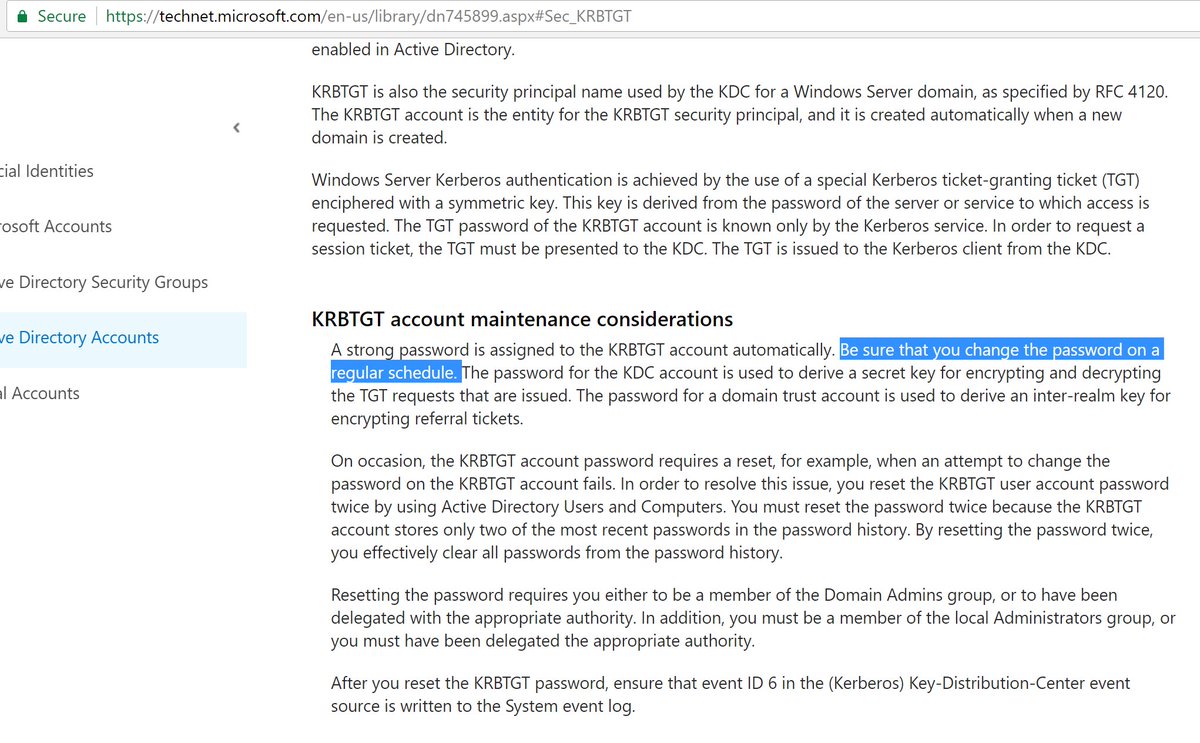

- #Mac os active directory force password change mac os x#
- #Mac os active directory force password change update#
- #Mac os active directory force password change windows#
Sometimes your LDAP server will tell you that the real value you are searching for is in fact in another part of the LDAP tree (this is called an alias). If you have any sub organizational units (subcontexts) hanging from ou=moodleusers,dc=my,dc=organization,dc=domain and you want Moodle to search there too, set this to yes.
#Mac os active directory force password change mac os x#
On a Mac OS X Server, this is usually cn=users,dc=my,dc=organization,dc=domain. Type ou=moodleusers,dc=my,dc=organization,dc=domain here. The DN of the context (container) where all of your Moodle users are found. MS ActiveDirectory if your LDAP server is running Microsoft's Active Directory (MS-AD).sambaSamAccount (v.3.0.7) if your LDAP server is running with SAMBA's 3.x LDAP schema extension and you want to use it.posixAccount (rfc2307bis) if your LDAP server is running a RFC-2307bis compatible LDAP server.posixAccount (rfc2307) if your LDAP server is running a RFC-2307 compatible LDAP server (choose this is your server is running OpenLDAP, including Mac OS X server).Novel Edirectory if your LDAP server is running Novell's eDdirectory.Table of Contents User lookup settings Field name Type " hardtoguesspassword" (without the quotes). This is the bind user password defined above. Just type " cn=ldap-user,dc=my,dc=organization,dc=domain" (without the quotes). This is the distinguished name of the bind user defined above. Table of Contents Bind settings Field nameĪs you don't want to store the users's password in Moodle's database, choose Yes here. Unless you are using a really old LDAP server, version 3 is the one you should choose.
#Mac os active directory force password change windows#
Table of Contents LDAP Server Settings Field nameĪs the IP of your LDAP server is 192.168.1.100, type " ldap://192.168.1.100" (without the quotes), or just " 192.168.1.100" (some people have trouble connecting with the first syntax, specially on MS Windows servers). Now, you just have to fill in the values. In the table that appears, enable the "LDAP Server" authentication option (click on the closed eye to make it open) and then click on the associated 'Settings' link. Log in as an admin user and go to Administration > Plugins > Authentication > Manage authentication. Table of Contents Configuring Moodle authentication

You are using a top level distinguished name (DN) of dc=my,dc=organization,dc=domain as the root of your LDAP tree.You are using a single domain as the source of your authentication data in case you are using MS-AD (more on this in the Appendices).You don't want your users to change their passwords the first time they log in into Moodle.
#Mac os active directory force password change update#
This might prevent certain operations from working (e.g., you cannot update data if you are using MS Active Directory - MS-AD from here on -), but should be OK if you just want to authenticate your users. You are not using LDAP with SSL (also known as LDAPS) in your settings.Your LDAP server has 192.168.1.100 as its IP address.It is loaded and activated, and it shows when you go to (logged in as user 'admin'). You have configured your PHP installation with the LDAP extension.The simple and straightforward approach for most installations. 5.2 Setting Resource Limits RedHat Directory Server.5.1 ldap auth_user_create() only suports Novell.4.3.2 Enabling LDAPS on the client side (Moodle server).4.3.1 Enabling LDAPS on the LDAP server side.4.2 Using multiple user locations (contexts) in your LDAP tree.4 Advanced Scenarios - Multiple servers or locations.2.3 Setting up regular automatic synchronisation using cron.2.2.5 LDAP password expiration settings.


 0 kommentar(er)
0 kommentar(er)
